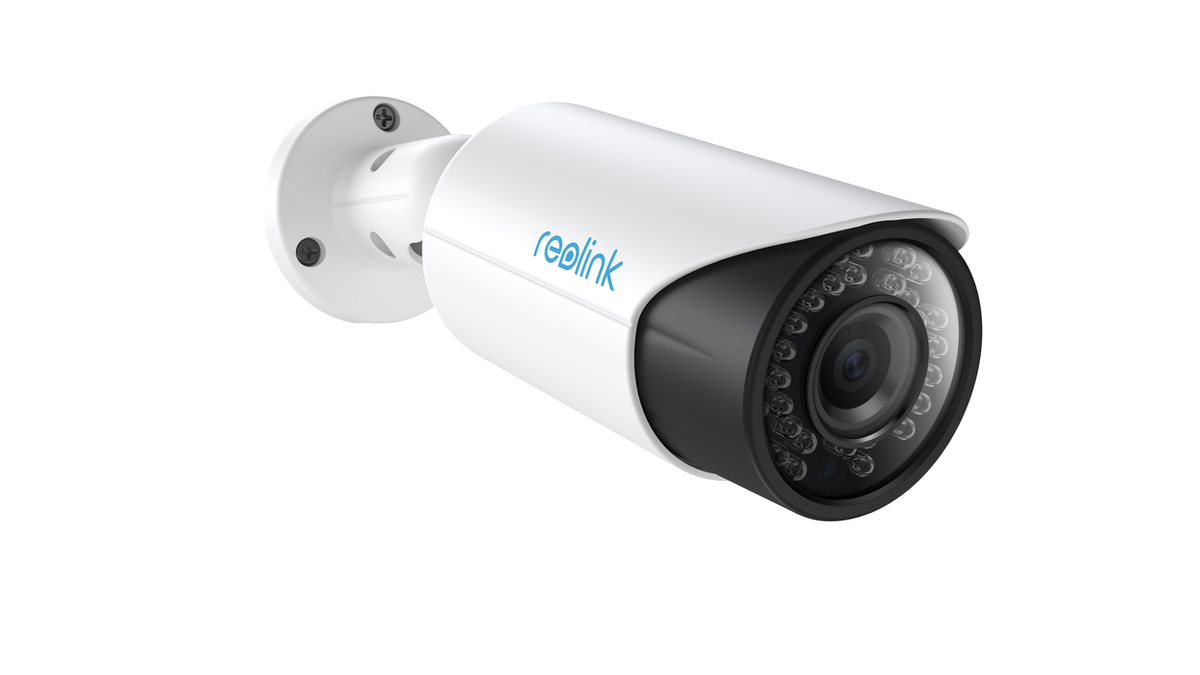1. EXECUTIVE SUMMARY
- CVSS v3 9.1
- ATTENTION: Exploitable remotely/low skill level to exploit
- Vendor: Reolink
- Equipment: P2P protocol
- Vulnerabilities: Use of Hard-coded Cryptographic Key, Cleartext Transmission of Sensitive Information
2. RISK EVALUATION
Successful exploitation of these vulnerabilities could permit unauthorized access to sensitive information.
3. TECHNICAL DETAILS
3.1 AFFECTED PRODUCTS
The following Reolink devices use P2P:
- RLC-4XX series
- RLC-5XX series
- RLN-X10 series
3.2 VULNERABILITY OVERVIEW
3.2.1 USE OF HARD-CODED CRYPTOGRAPHIC KEY CWE-321
An attacker with local network access can obtain a fixed cryptography key which may allow for further compromise of Reolink P2P cameras outside of local network access.
CVE-2020-25173 has been assigned to this vulnerability. A CVSS v3 base score of 7.7 has been calculated; the CVSS vector string is (AV:L/AC:L/PR:N/UI:N/S:U/C:H/I:H/A:N).
3.2.2 CLEARTEXT TRANSMISSION OF SENSITIVE INFORMATION CWE-319
The affected Reolink P2P products do not sufficiently protect data transferred between the local device and Reolink servers. This can allow an attacker to access sensitive information, such as camera feeds.
CVE-2020-25169 has been assigned to this vulnerability. A CVSS v3 base score of 9.1 has been calculated; the CVSS vector string is (AV:N/AC:L/PR:N/UI:N/S:U/C:H/I:H/A:N).
3.3 BACKGROUND
- CRITICAL INFRASTRUCTURE SECTORS: Communications
- COUNTRIES/AREAS DEPLOYED: Worldwide
- COMPANY HEADQUARTERS LOCATION: Hong Kong
3.4 RESEARCHER
Nozomi Networks reported these vulnerabilities to CISA.
4. MITIGATIONS
CISA is currently coordinating with the vendor and security researcher to identify additional mitigations. The researcher recommends users disable P2P feature on their Reolink devices.
Users can upgrade the firmware of the Reolink device to mitigate some risk.
On the download page, please choose PoE IP Cameras&NVRs, then choose the correct model of the camera to download the latest firmware.
CISA recommends users take defensive measures to minimize the risk of exploitation of this vulnerability. Specifically, users should:
- Minimize network exposure for all control system devices and/or systems, and ensure that they are not accessible from the Internet.
- Locate control system networks and remote devices behind firewalls, and isolate them from the business network.
- When remote access is required, use secure methods, such as Virtual Private Networks (VPNs), recognizing that VPNs may have vulnerabilities and should be updated to the most current version available. Also recognize that VPN is only as secure as the connected devices.
CISA reminds organizations to perform proper impact analysis and risk assessment prior to deploying defensive measures.
CISA also provides a section for control systems security recommended practices on the ICS webpage on us-cert.cisa.gov. Several recommended practices are available for reading and download, including Improving Industrial Control Systems Cybersecurity with Defense-in-Depth Strategies.
Additional mitigation guidance and recommended practices are publicly available on the ICS webpage on us-cert.cisa.gov in the Technical Information Paper, ICS-TIP-12-146-01B–Targeted Cyber Intrusion Detection and Mitigation Strategies.
Organizations observing any suspected malicious activity should follow their established internal procedures and report their findings to CISA for tracking and correlation against other incidents.
No known public exploits specifically target these vulnerabilities.
Source:


Stay connected